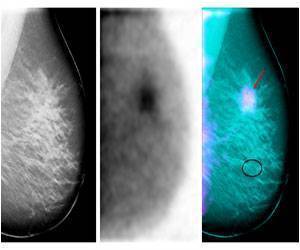In Canada, cancer is the leading cause of death and is responsible for about 30% of all deaths, according to the Canadian Cancer Society.

"We are very excited about this novel combination approach and are looking to move this experimental therapy into clinical trials as soon as possible," said Dr. Robert Korneluk, distinguished professor at the University of Ottawa and senior scientist at the CHEO Research Institute. "I firmly believe that it's not a matter of 'if' this will help cancer patients – but 'when' this therapy becomes a standard of care."
Worldwide evidence has already shown that two immunotherapies are promising. The first, SMAC Mimetics, is an IAP-based therapy that targets cancer-causing genes. IAPs were discovered at CHEO 19 years ago. The second, live virus therapies, or oncolytics, are a separate field of study booming in Ottawa. Both of these immunotherapies are in clinical trials now and although the results are encouraging, neither, as a stand-alone therapy, have yet to show substantial effects.
That is until a team of scientists led by Dr. Korneluk discovered that combining SMAC Mimetics together with a live virus (or even other non-viral immune stimulators), results in a synergistic, or amplified, tumour-killing effect, which overcomes the limitation of either agent on its own.
"Our combination approach is quite different than standard chemotherapy treatments that can have significant negative side-effects," continued Dr. Korneluk. "Instead, we looked at combining two novel experimental cancer drugs that we already know work on the immune system. The results of our combination exceeded expectations – and furthermore, no harm was done to the surrounding healthy tissue when we eradicated tumours."
In some cases, tumours required 10,000-times less virus to kill a cancer cell when a SMAC mimetic was added. The combined use of these two drugs could possibly save years of clinical development time, allowing for faster patient access to these drugs. The research team postulates that this combination approach is likely better suited for specific cancers and specific uses. For example, tumours which cannot be surgically removed but which can be injected with a cancer-killing virus are good candidates.
Advertisement










